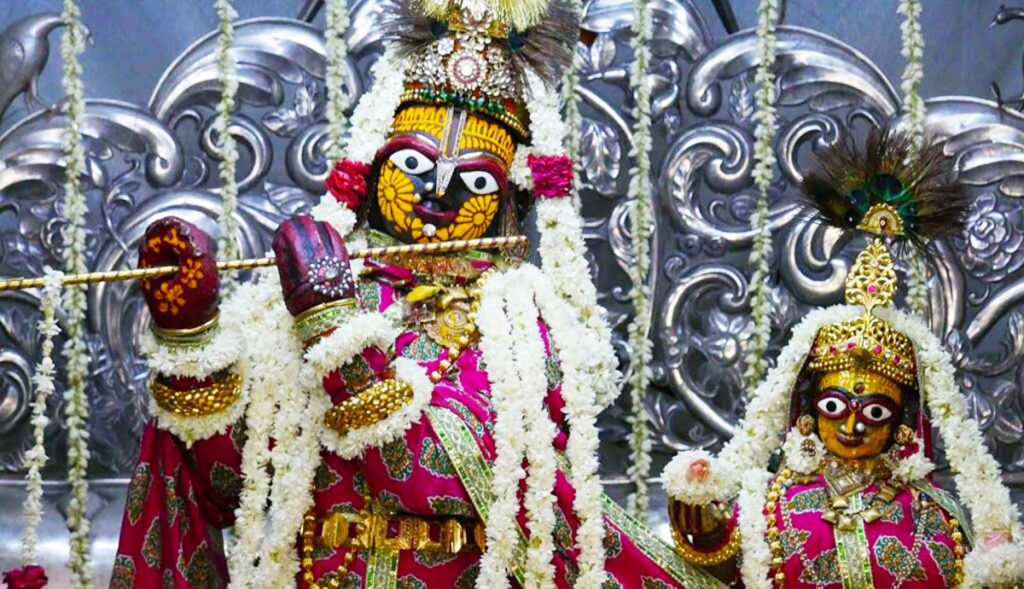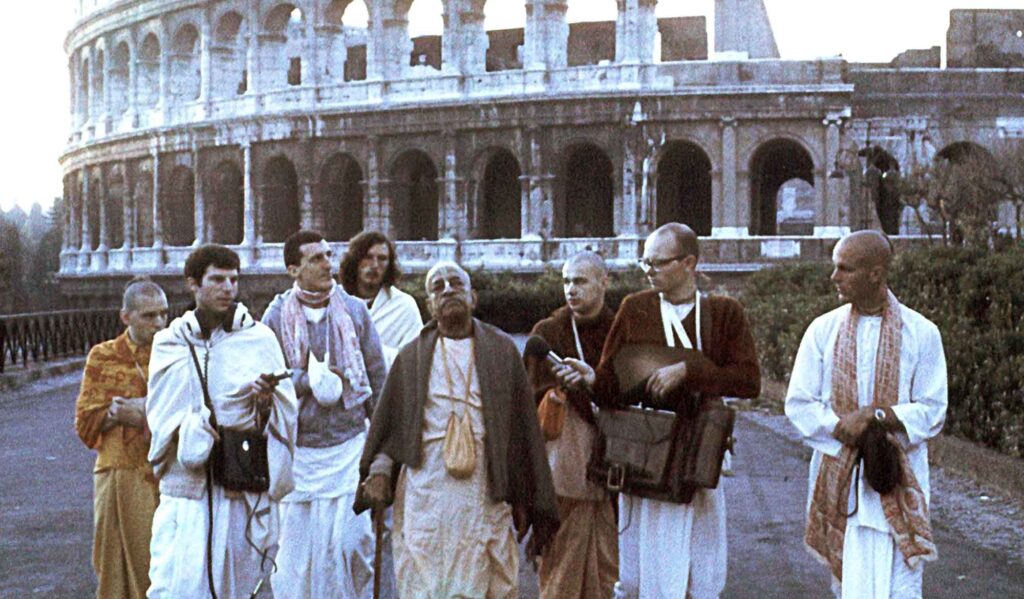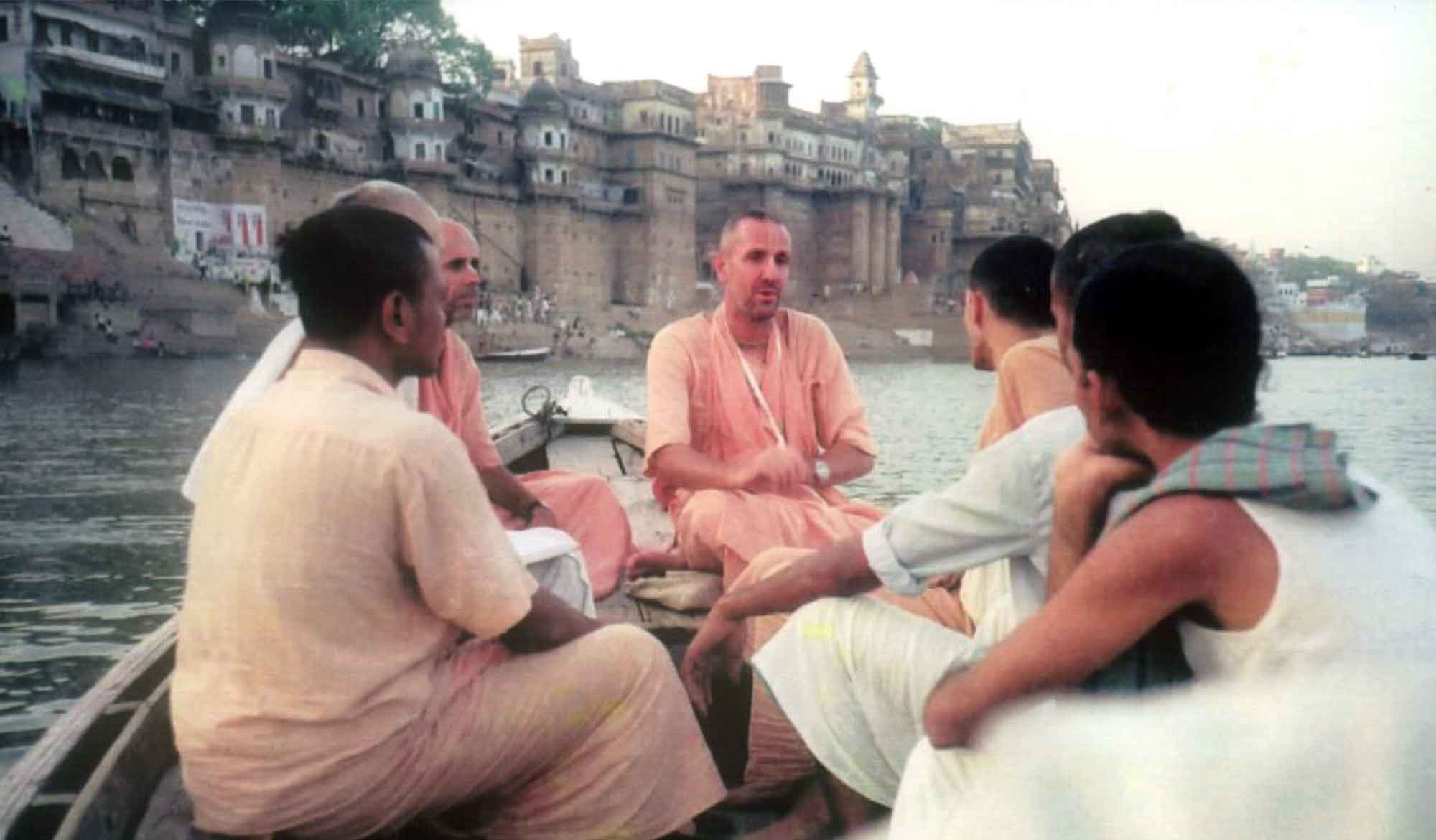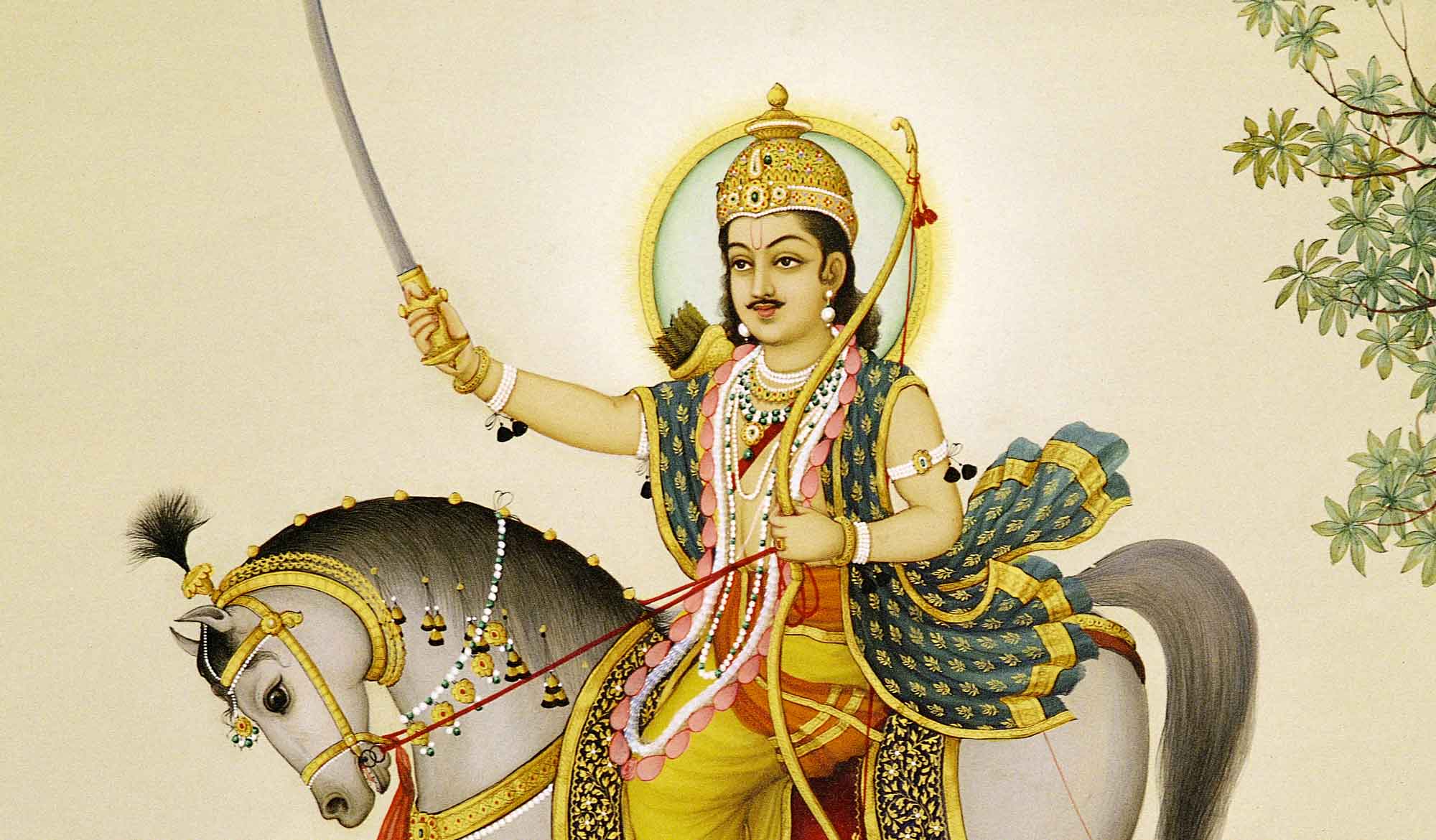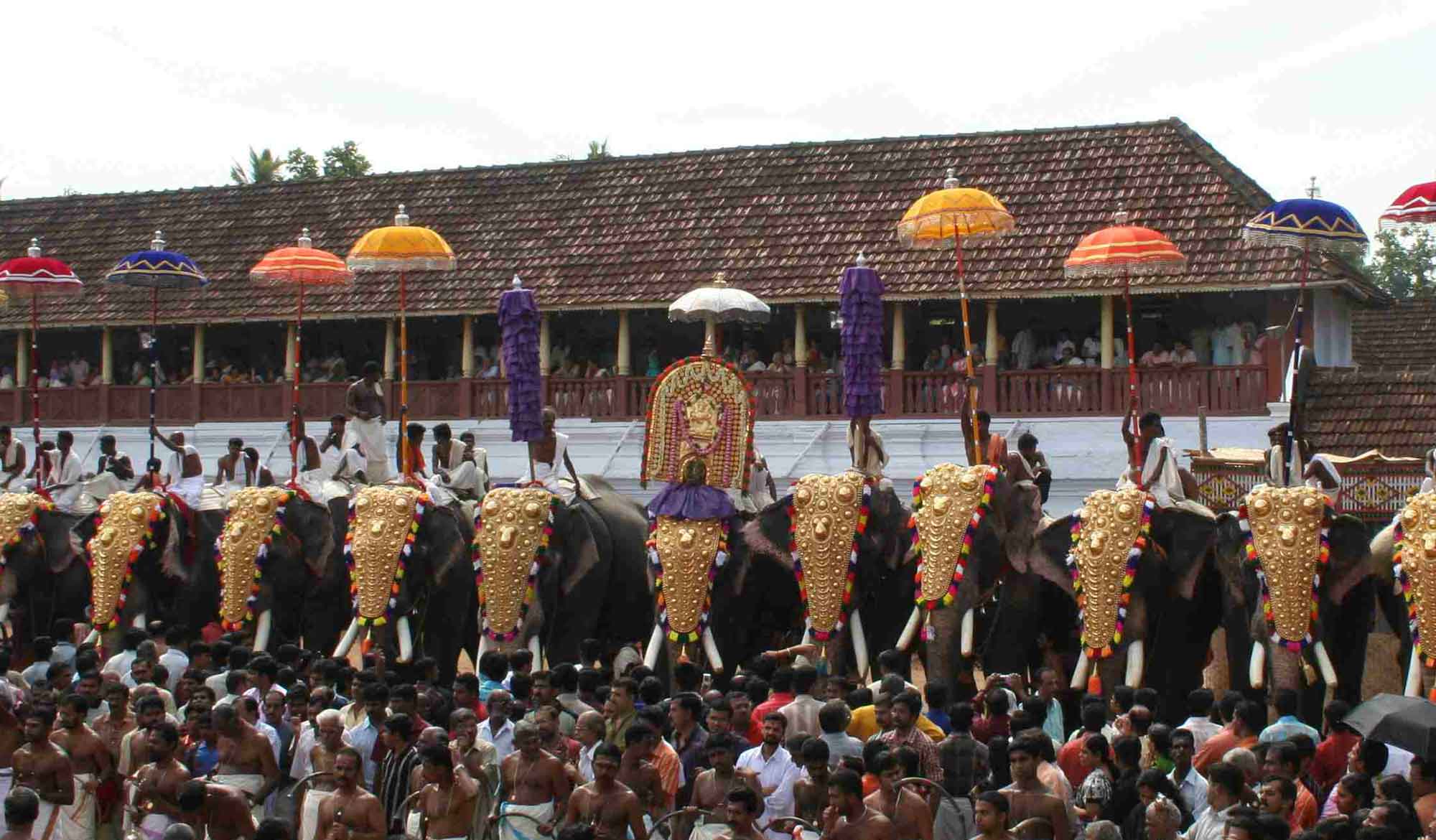by Swami B.G. Narasingha
'Ṛg Veda' is an unfinished article by Swami B.G. Narasingha that he wrote in 1998. In this essay, Narasingha Maharaja comments on the famous ṛk from the Ṛg Veda, tad viṣṇoh paramaṁ padaṁ and connects it with the concept of consciousness.
oṁ tad viṣṇoḥ paramaṁ padaṁ sadā paśyanti sūrayaḥ divīva cakṣur ātatam
“The lotus feet of Viṣṇu are like the sun above our heads. His holy feet are the supreme shelter of all consciousness entities.”
This is a principle mantra from the Ṛg Veda. Here the idea is being expressed that above the objective world of our experience is the subjective world. That subjective world is the conscious world of which we the living entities are individual parts. As parts of the conscious world we are also conscious units but from time eternal we are wondering in the material world, the world of objectivity.
In the material world everyone conceives of the self as this body and draws strength from the earth we stand on. This is called māyā, or that which is not. Māyā is the reflection of reality. The body is made of earth and therefore we think that the earth is our shelter and from the earth we shall obtain our greatest fortune. This however is not a fact.
Because we are ourselves units of consciousness it should be concluded that matter which is of a lower constitution can not be the source of our ultimate well being. Our well being can only come from a source or a plane which is superior to our own. The fulfilment of life can not come from contact with anything which is by nature inferior to ourselves – it can only come from contact with that which is categorically superior to ourselves – that is the plane of super consciousness.
To understand super consciousness, we must first understand ourselves – understand what it means to be conscious. Because I am conscious I have a perception of my environment – that which is around me. I have knowledge of that which I perceive with my senses and I can control material objects. All this is possible because I am conscious but nonetheless these things are done by me to a limited degree. I experience only my environment – I do experience the environment of others. I have knowledge of only those sense objects that I can directly perceive – I can not perceive all the objects perceivable by the senses. And I can control material objects but I can not control all material objects. In this was the possibilities of an individual conscious unit are limited. The supreme consciousness however is unlimited.
The supreme consciousness is conscious of all environments, has complete knowledge of all that is perceivable, and controls the complete cosmic domain. That super consciousness is called Viṣṇu by the sages of the Ṛg Veda.
oṁ tad viṣṇoḥ paramaṁ padaṁ sadā paśyanti sūrayaḥ divīva cakṣur ātatam
As units of consciousness we are to derive strength from above not from below. That strength is derived by acting in our subjective relationship with divinity. We are just like rays of the sun in that regard. Where do the sun’s rays stand? They stand on the sun – that is their source.
More Articles by Swami B.G. Narasingha
Banaras – The City of Light
“Banaras - The City of Light” was originally written by Śrīla Narasiṅgha Mahārāja for Clarion Call magazine in 1990. This article explains something of the history of Banaras and its significance to Hindus.
The Dawn of the Age of Love?
“Dawn of the Age of Love” was written in 2009 by Śrīla Narasiṅgha Mahārāja in response to the erroneous idea that Kalki-avatāra does not appear at the end of this Kali-yuga. Quoting previous ācāryas, he shows that this is not the case.
Guruvayur
“Guruvayur” was an article written by Śrīla B.G. Narasiṅgha Mahārāja in 1989 for ‘Clarion Call’ magazine, Vol.2, issue 3. Narasiṅgha Mahārāja explains the history of the famous temple in Kerala as well as some of its peculiarities.

